The world's water and sanitation crisis is one of the most pressing issues of our time, with more than two-thirds of the global population affected. Every year, World Water Day on March 22nd serves as a call to action to raise awareness and push for solutions to help end this growing global struggle. This year's World Water Day campaign is named 'Be the Change', emphasizing the importance of taking action in our own lives to change how we use, consume, and manage water across the globe.
While clean water remains a fundamental human right, so many families are denied access due to their economic status and lack of sanitation conditions needed for health and well-being–and this is unacceptable! So how can we work together towards finding the best possible solution? Here’s a closer look at how we can address today's water and sanitation crisis.
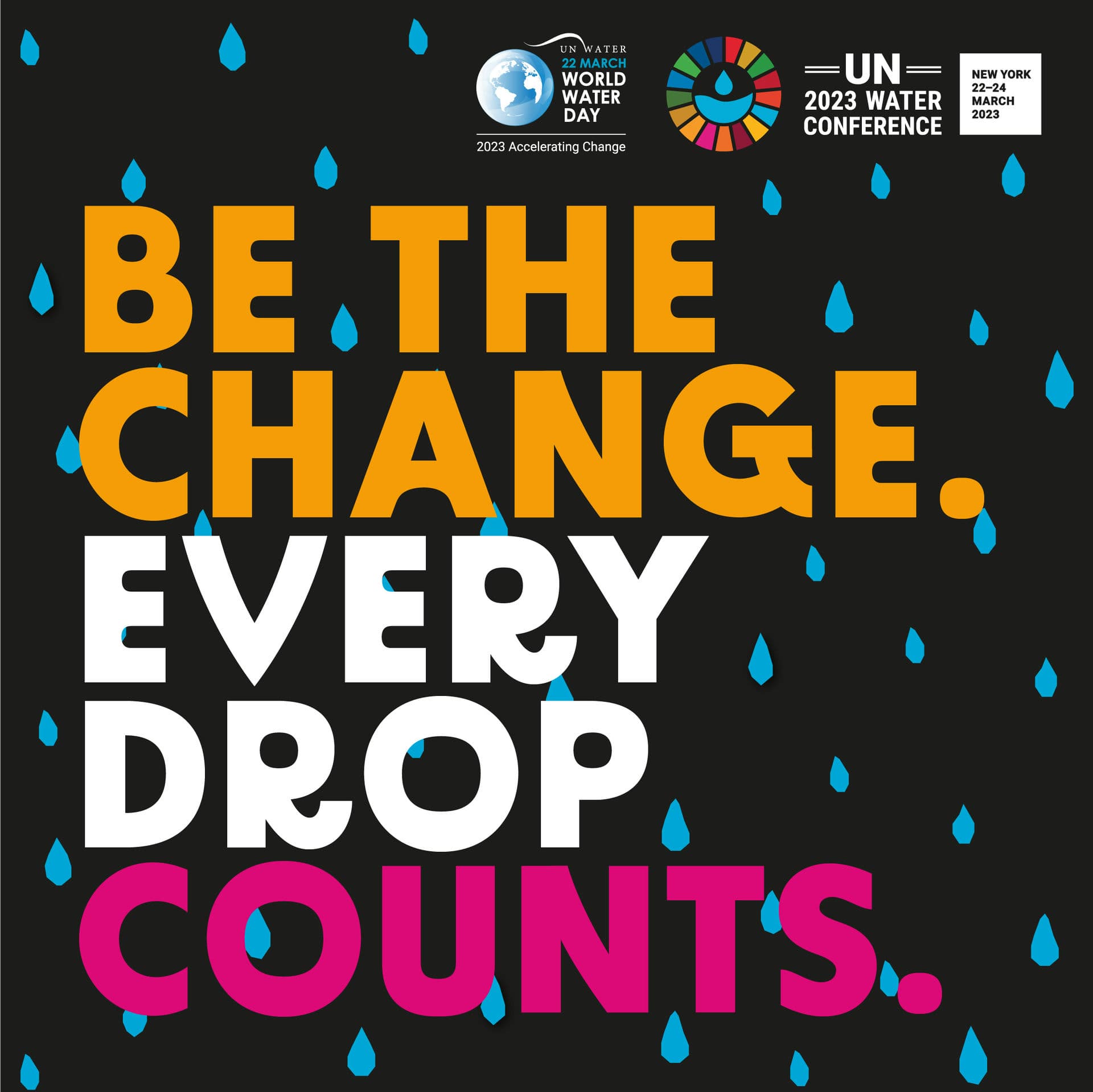 World Water Day is an awareness day, celebrated on March 22nd since 1993, to bring attention to the importance of clean water and its impact on humanity.
World Water Day is an awareness day, celebrated on March 22nd since 1993, to bring attention to the importance of clean water and its impact on humanity.
To do our part in informing as many people as possible about this serious matter and accelerating change, we need to continue using our platforms to share important facts and stories that make an impact. We can also focus on local initiatives such as river cleaning activities with the help of our community which could lead others to take action. Additionally, sharing inspiring videos highlighting those making a difference could inspire others to do their bit in learning more about this crisis and finding ways we can all help. One of the main objectives of World Water Day is to support the achievement of Sustainable Development Goal 6: Clean Water and Sanitation for All by 2030.
The United Nations Conference will be dedicating this special day to addressing critical water crises faced by many people around the world. It will take place in New York from May 22 to 24 and is the first event of its kind since 1977. This is a unique opportunity to unite all people around this issue and accelerate change toward the goal.
In order to jumpstart progress, this initiative strives to bring together multiple stakeholders and form new partnerships that will generate substantial commitments. Those promises are then compiled into the Water Agenda for Action, designed to spur even more advancement through concrete actions taken by all parties involved.
Source : UNICEF, UNEP, OECD 2012
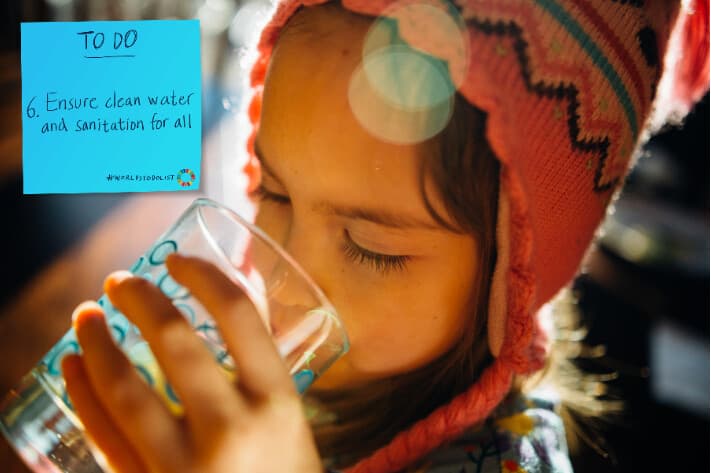 Unfortunately, it is the weakest and therefore the children who are most affected by this crisis.
Unfortunately, it is the weakest and therefore the children who are most affected by this crisis.
On the one hand, periods of drought significantly hinder families' access to food and water. Heatwaves bring about intense aridity in the soil, thus diminishing or even destroying crops entirely. The already scarce amount of water present is no longer enough for populations to meet their minimal needs.
Nevertheless, floods and failing sanitation systems often lead to polluted drinking water sources, groundwater, and rivers. This puts children at risk of severe dehydration as good ailments such as cholera, typhoid fever, and acute respiratory infections - the most dangerous being acute diarrhea which is a major contributor to infant death rates worldwide.
It is essential that we respond to these alarming figures with innovative solutions that address the various challenges of environmental degradation and inadequate water supply management systems. We have no choice but to embrace creativity, collaboration, and technology if we are to strengthen local resilience and create equitable access to safe water for all.
The importance of taking simple actions to better conserve, save, and protect our precious water resources cannot be overstated. Here are some examples of personal commitments you can make given by UN-Water to address the crisis.
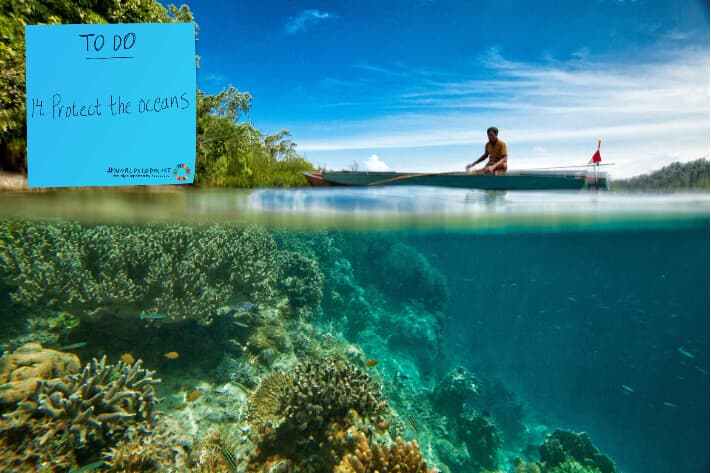
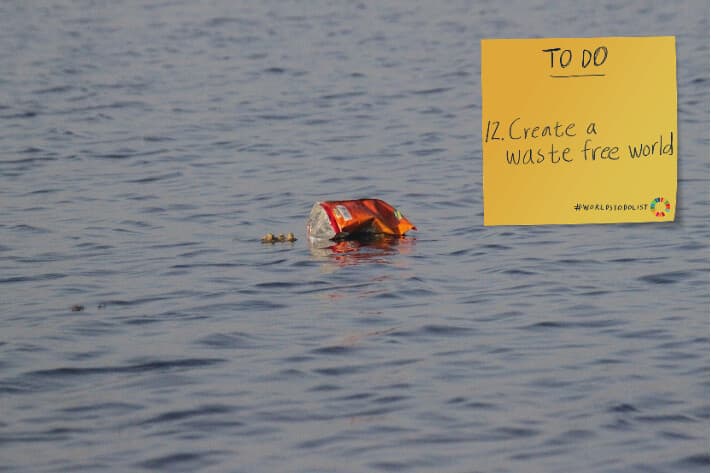 Safe Flushing: Expertly handle plumbing issues, such as fixing leaky water and sewer lines, emptying full septic tanks, and reporting sludge spills promptly.
Safe Flushing: Expertly handle plumbing issues, such as fixing leaky water and sewer lines, emptying full septic tanks, and reporting sludge spills promptly.By implementing these simple measures, each of us can do our part to address the global water crisis. Together, our efforts will bring about a tangible impact and reduce the current inequity between those with ample access to safe water and those who still lack it.
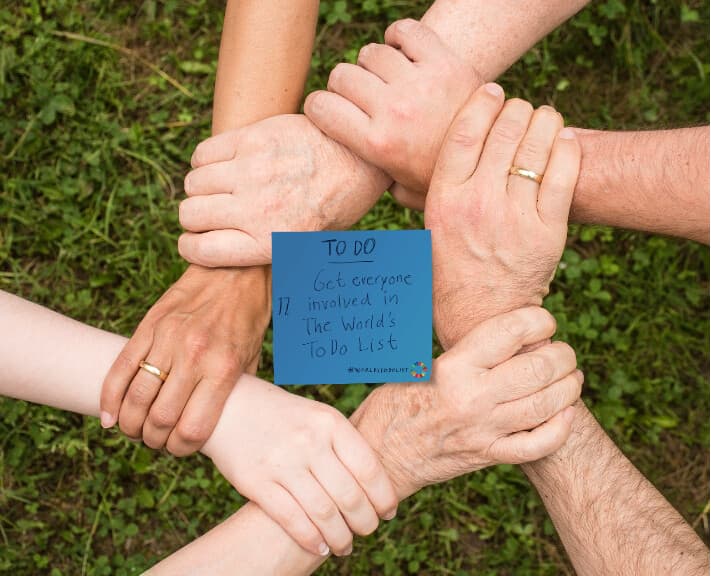
It is time for the world to unite in an effort to transform our environment and protect it from further degradation. World Water Day 2023 is an opportunity for all of us to look at the magnitude of this crisis and its global consequences, and to make sure that adequate measures are taken. We must also spread awareness of how humanity is directly or indirectly affecting water sources; by informing as many people as possible we can accelerate the change. As highlighted, everyone needs to make small adjustments in their everyday habits and contribute in whatever way possible, so it certainly is not too late. Together, we can create a sustainable future for us all: A future filled with healthy oceans and rivers, crystal clear lakes, clean air, and growing populations - a future where water is not only accessible but also of good quality. The decisions we make now are more important than ever!
BIOROCK provides a safe, sustainable solution for wastewater treatment with its innovative non-electric sewage systems. Through this advanced system, we can help reduce sludge spills, protect our environment from further degradation, and ensure the safe flushing of water. By investing in BIOROCK, you are helping to create a sustainable future for all of us. So, let's join forces and discuss it together! A member of our team will be glad to answer your questions and accompany you in your project!